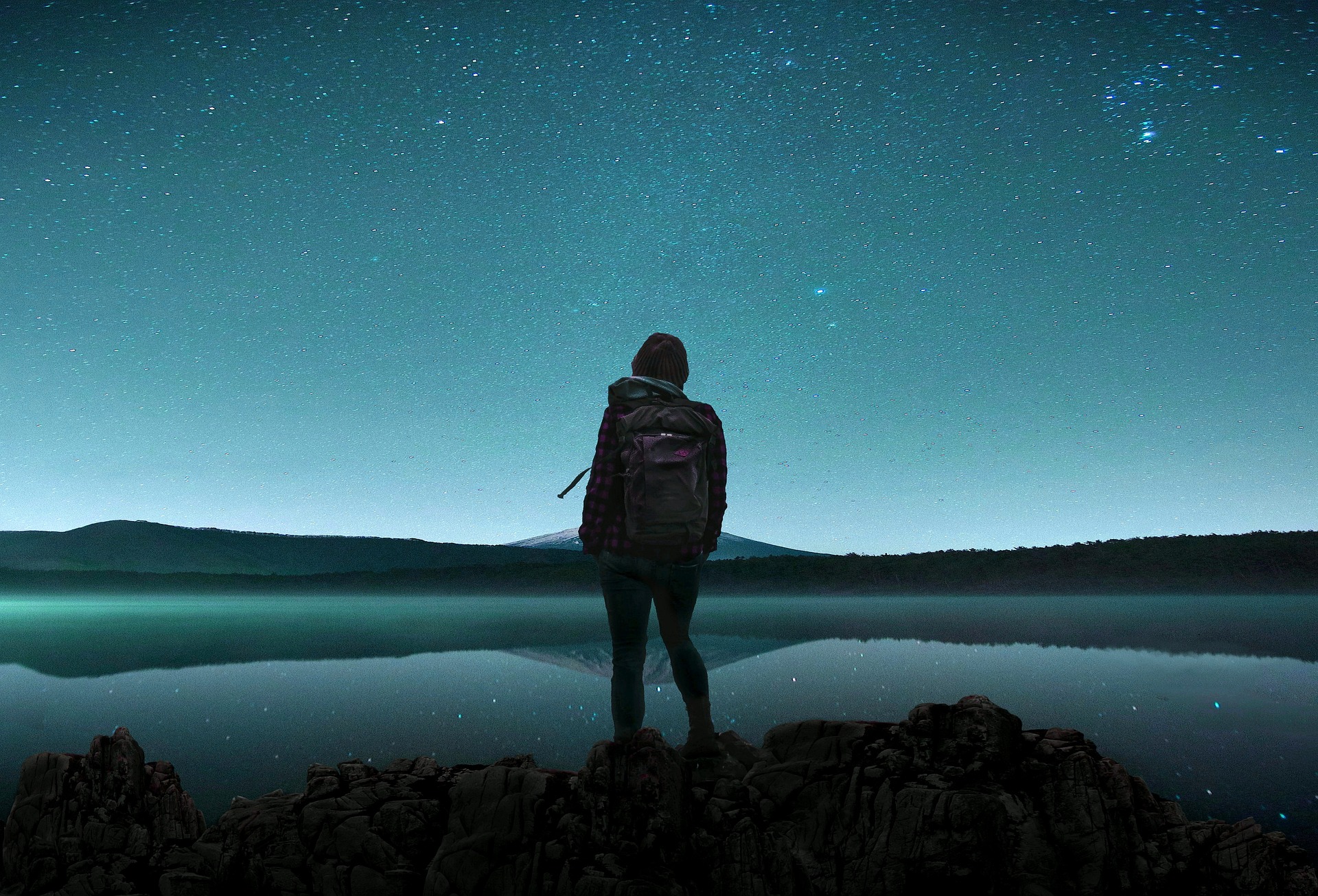Rediscovering Adventure through Night Trekking
Every so often, another travel style emerges that's both thrilling and unexplored: a genre that throws a sunrise's first light on previously uncharted territory. Enter night trekking, a trend sweeping through the boldest of voyagers and reshaping the landscape of adventure travel. Let's embark on this nocturnal journey together, uncovering the allure, challenges, and effects it has on modern adventurers.

A Night’s Tale: The Origin of Evening Expeditions
In the realm of outdoor activities, trekking has been a long-celebrated classic. However, night trekking is a relative newcomer, tracing its roots back to the emergent adventure tourism of the late 20th century. As thrill-seekers sought new ways to push boundaries and experience the world differently, they ventured outside traditional daylight hours. The idea of traversing trails under a cloak of darkness, armed with only a headlamp and the stars’ guidance, enticed the more daring adventurers.
Evening Excursions: Trending Now
Night trekking is no longer just an adrenaline-infused curio; it’s a legitimate trend, gaining traction across the globe from the forests of the Bavarian Alps to the rocky trails of the Appalachian Mountains. Adventure tourism experts anticipate its continued growth, driven both by the unique allure of night hiking and amplified by pandemic-induced interest in outdoor, socially distanced activities.
Venturing in the Veil of Night: Pros, Cons, and Impact
Night trekking offers tangible benefits, starting with a relief from the day’s heat, often providing a more comfortable hike. Additionally, it serves a feast of senses. Nocturnal creatures emerge, adding melodic chirps, hoots, and rustles to the night’s soundtrack.
However, it also presents challenges. Navigation becomes increasingly tricky, requiring reliance on GPS and a keen sense of direction. Safety risks increase as hazards like cliffs and loose rocks are harder to spot. Dwindling visibility demands heightened alertness, amplifying the thrill.
The impact of night trekking on the travel industry is multi-faceted. It extends the available hours for outdoor activities, helping to ease overcrowding on popular trails and spread tourism income throughout 24 hours. Additionally, it has potential environmental implications, necessitating mindful traveling to minimize disrupting wildlife.
Practical Trail-By-Night Tips
- Carry sufficient lighting equipment: A headlamp is essential. Don’t rely solely on moonlight or your group’s lamps.
- Know the terrain: Study the trail on a daylight reconnaissance hike.
- Carry extra layers: After sunset, temperatures can drop significantly.
- Travel slow and steady: It’s not a race. Maintain a slow pace to avoid hazards.
- Stick together: Don’t let anyone wander off alone. A buddy system is crucial at night.
-
The saga of night trekking illuminates our adventure spirit, reminding us that exploring doesn’t just stop at sunset. It’s a trend that offers a blend of challenge, enjoyment, and fresh perspectives - a nocturnal dance that invites us to tune into the secret symphony of the night. Venturing into the veiled unknown, we return with a new appreciation for nature’s beauty and our capacity to adapt and thrive. Through it, we redefine the parameters of adventure, one starry trail at a time.






